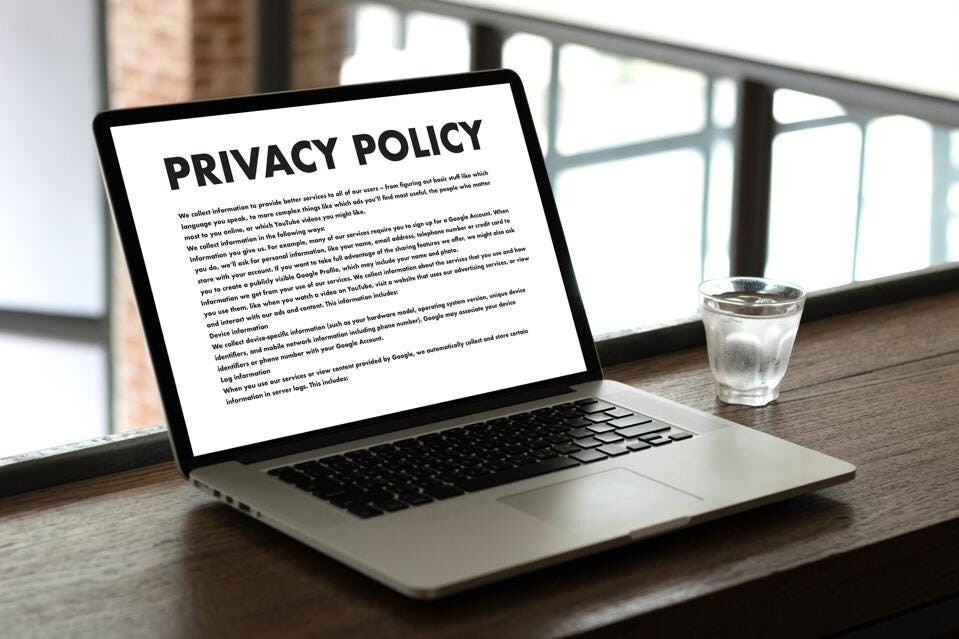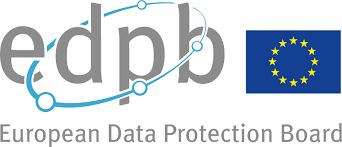Introduction
Data mapping and Record of Processing Activities (RoPA) are two terms that are generally used interchangeably in the privacy domain. Those aware of these terms tend to get confused when differentiating the two. Both terms define two different concepts altogether. However, both concepts form an essential part of data protection and privacy today, especially concerning GDPR compliance.
What is Data Mapping?
Data mapping is a process wherein three significant questions are dealt with essentially, and they are-
1. Why do you process data?
2. What data do you process?
3. Where do you process data?
Data mapping is the process of documentation which helps the organisation to answer simple questions such as why-what and where about the data which they have collected and processed, as these questions not only help the organisation that is collecting the users’ data but it is also resourceful during the audits by authorities in order to understand about the data and its life cycle. In simple words, we can say that data mapping helps the organisation to know about their data’s ins and outs, right from the beginning till the end.
Data Mapping & GDPR
Surprisingly, data mapping is not mandatory as per the GDPR, but the same is encouraged by every data protection professional, as it allows the organisation or business to track down the data flow, which indeed is quite helpful while responding to a data subject access request (DSAR) as the same needs to be responded to within 30 days. Since the data subjects have the right to access their personal data, it becomes the sole responsibility of the data controller to respond to such requests without causing any undue delay, and delivering them their personal data on time. This could only be possible if the data controller keeps or has a document in place pertaining to the personal data of all the users which were processed throughout the time. Such a document needs to be updated regularly.
What is RoPA?
Article 30 of the GDPR mandates the use of RoPA. It is the recording of all the processing activities in which the business/organisation are involved. The RoPA discusses these-
1. The purpose of processing personal data;
2. The details of third parties with whom the personal data of the users’/data subject is disclosed;
3. The retention period of such personal data;
4. Details about the safeguards which are in place in order to protect such personal data of the data subjects.
RoPA & GDPR
1. RoPA is mandatory for every organisation and business which has over 250 employees or if such business or organisation’s processing activities are data intensive.
2. Data-intensive means- how often the business/organisation processes personal data and in how much volume such data is being processed.
3. Even when such processing of personal data puts the data subjects at risk, RoPA becomes essential.
4. In cases where the data being processed is sensitive in nature, RoPA becomes essential.
It is essential to note here that data mapping is a wider concept as it covers a detailed overview of how the data is stored and how it flows in the organization. On the other hand, a RoPA gives us an overview of how the data is used by the organization and how the organization works to ensure the protection of such data in order to maintain privacy.
Lastly, having a data map helps the organization to create a RoPA much more efficiently as compared to when there isn’t a data map available. As the requirements in the RoPA are more or less fulfilled by data mapping, hence we can conclude this by saying that a RoPA is a part of data mapping.
Major Privacy Updates of the Week

Here’s a List of World’s worst Social media Privacy policies-
The Dutch VPN website known by the name- VPNoverview has analysed some of the World’s biggest social media platform’s privacy policies and has ranked each of these platforms on the basis of- 1) Reading level; 2) Difficulty; 3) Sentence length; 4) No. of Syllables per word; 5) The overall readability score.

All you need to know about the First Illinois Biometric Information Privacy Act Trial
At the Federal court in Chicago, during the first trial case under the Illinois Biometric Information Privacy Act (BIPA). The jury stands in favour of the plaintiffs’ claims. Moreover, BNSF has been held guilty of recklessly and intentionally violating the BIPA 45,600 times!

The European Data Protection Board plans for streamlining the procedural aspects
The European Union’s Data Protection Board plans for streamlining the procedural aspects in order to speed up the enforcement of the GDPR.

The European Data Protection Board’s agenda for the month of October 2022
The European Data Protection Board recently published its October agenda, which includes topics such as the selection of strategic enforcement cases, a wishlist along with discussing guidelines for identifying a controller or processor’s lead supervisory authority and data breach notification guidance.

The EU-US Privacy framework needs to be looked at carefully
The US executive order to implement a new framework to protect the privacy of personal data shared between the U.S & Europe has been signed by the U.S President, Joe Biden. The one thing that must be looked at is to check whether the framework meets the requirements laid out in the Schrems II case delivered by the Court of Justice of the European Union.
Curated by: Prajwala D Dinesh, Ritwik Tiwari, Ayush Sahay
WEEKLY PRIVACY NEWSLETTER
Keep up to pace with this high-impact weekly privacy newsletter that
features significant data privacy updates, trends, and tools that can
help to make your life secure & easier every day!
*By clicking on subscribe, I agree to receive communications from Tsaaro


